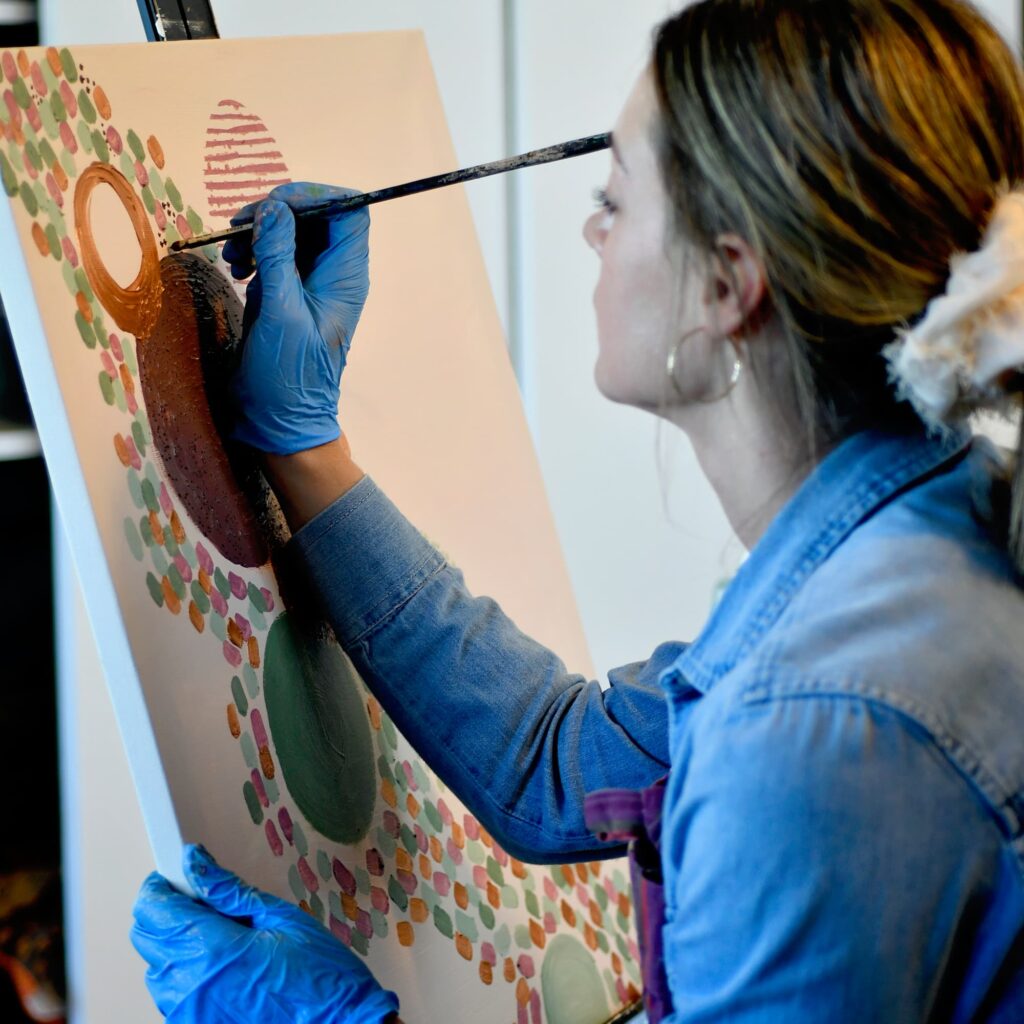Creative writing offers a wide range of opportunities for self-expression, storytelling, and imagination. From crafting fictional worlds to exploring real-life experiences, creative writing allows writers to delve into various forms. Each type of writing has its own unique style and purpose. Here’s a look at some of the most popular types of creative writing.
1. Fiction
Fiction is the art of creating stories that are not based on real events, often involving characters and plots that are completely imagined. There are several types of fiction:
- Short Stories: These are concise, often focusing on a single event or theme, and are typically under 5,000 words.
- Novels: Longer works that explore complex plots and character development over several chapters.
- Flash Fiction: Extremely short stories, usually under 1,000 words, that aim to create a complete narrative in a limited space.
Fiction gives writers the freedom to invent new worlds and characters, offering endless creative possibilities.
2. Poetry
Poetry focuses on the expression of emotions and ideas through structured or free verse. It uses rhythm, imagery, and language in a way that is often more condensed than prose. Common types of poetry include:
- Sonnets: A 14-line poem with a specific rhyme scheme, traditionally used for themes like love or nature.
- Haikus: A traditional Japanese form consisting of three lines with a 5-7-5 syllable pattern.
- Free Verse: Poems that do not follow a specific structure but focus on rhythm, emotion, and imagery.
Poetry is a powerful tool for conveying deep emotions and creating vivid imagery in just a few words.
3. Drama
Drama refers to written works intended for performance, typically on stage or screen. It emphasizes dialogue and action to tell a story. The main types of drama include:
- Plays: Scripts for live theater, structured in acts and scenes, featuring character interactions and stage directions.
- Screenplays: Scripts for movies or TV shows, often focused on visual storytelling and dialogue.
- Monologues: A speech or performance by one character, usually revealing inner thoughts or emotions.
Drama allows writers to create dynamic, live-action stories that engage audiences in a different, often more immediate way.
4. Creative Nonfiction
Creative nonfiction blends factual storytelling with creative techniques found in fiction. Writers use vivid descriptions, narrative structures, and personal insight to present real events and experiences in an engaging manner. Examples include:
- Memoirs: Personal accounts of the writer’s life, often reflecting on key moments or turning points.
- Essays: Nonfiction pieces that explore a specific topic or idea, often with a reflective or analytical tone.
- Travel Writing: Narratives that capture the essence of a place, culture, or journey, often infused with personal experiences.
Creative nonfiction allows writers to explore real-life topics in creative, narrative ways that bring facts to life.
5. Fantasy and Science Fiction
Fantasy and science fiction explore imaginative worlds and speculative ideas, often set in the future or alternate realities. Though similar in nature, there are key distinctions:
- Fantasy: Set in imaginary worlds with magical elements, mythical creatures, and fantastical adventures.
- Science Fiction: Often explores futuristic technology, scientific advancements, and alternate realities.
These genres allow writers to push the boundaries of imagination and speculate on what could be, whether in magical realms or technologically advanced futures.
Conclusion
Creative writing provides endless opportunities to express ideas, emotions, and stories in a variety of forms. Whether you’re drawn to fiction, poetry, drama, or another type, each genre offers unique ways to engage your creativity and connect with your audience. By experimenting with different types of creative writing, you can discover the one that best suits your voice and style.



